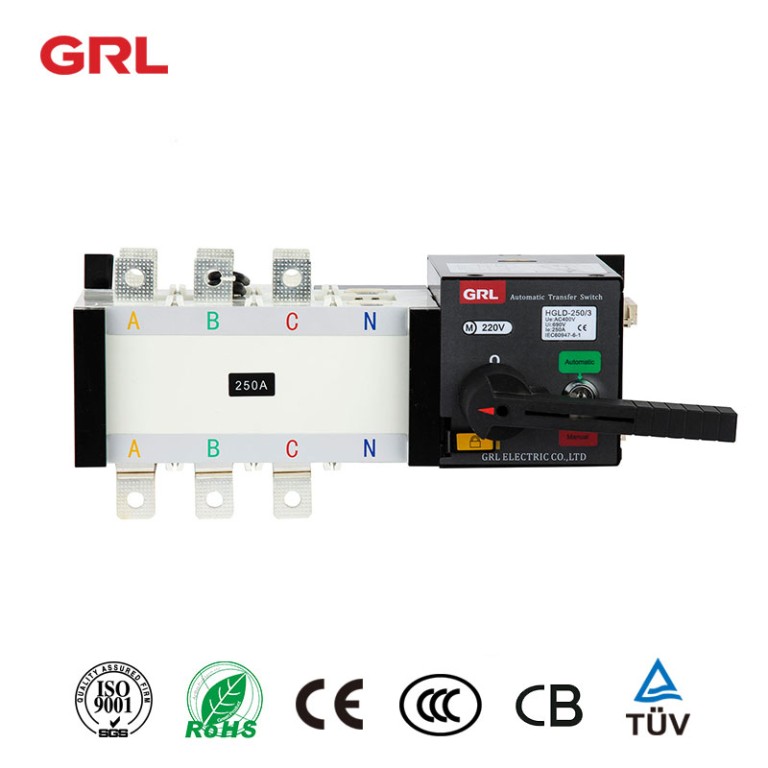
# Automatic Transfer Switch: Ensuring Uninterrupted Power Supply
## What is an Automatic Transfer Switch?
An Automatic Transfer Switch (ATS) is a critical component in power management systems that ensures seamless transition between primary and backup power sources. These devices automatically detect power failures and switch the electrical load to an alternative power source, such as a generator or battery backup system, without manual intervention.
## How Does an ATS Work?
The operation of an automatic transfer switch can be broken down into three main stages:
– Monitoring: The ATS continuously monitors the voltage and frequency of the primary power source.
– Detection: When it detects a power outage or significant voltage fluctuation, it initiates the transfer process.
– Switching: The switch transfers the load to the backup power source within seconds, minimizing downtime.
## Types of Automatic Transfer Switches
There are several types of ATS units available, each designed for specific applications:
### 1. Open Transition ATS
Also known as “break-before-make” switches, these briefly interrupt power during the transfer process. They are the most common and cost-effective option for many applications.
### 2. Closed Transition ATS
These “make-before-break” switches momentarily parallel both power sources during transfer, ensuring truly uninterrupted power. They are ideal for sensitive equipment.
### 3. Soft Load Transfer ATS
Keyword: Automatic Transfer Switch
These advanced switches gradually transfer the load to prevent power surges, protecting both equipment and power sources.
## Key Benefits of Using an ATS
Implementing an automatic transfer switch offers numerous advantages:
– Uninterrupted power supply for critical operations
– Protection against power fluctuations and outages
– Automatic operation eliminates human error
– Reduced equipment downtime and maintenance costs
– Improved safety by preventing backfeeding into utility lines
## Applications of Automatic Transfer Switches
ATS units are essential in various industries and settings:
– Hospitals and healthcare facilities
– Data centers and telecommunications
– Industrial manufacturing plants
– Commercial buildings and offices
– Residential properties with backup generators
## Choosing the Right ATS
When selecting an automatic transfer switch, consider these factors:
– Power requirements (voltage and amperage)
– Transfer time specifications
– Number of poles needed
– Environmental conditions
– Compliance with local electrical codes
– Future expansion possibilities
## Maintenance Considerations
To ensure reliable operation, ATS units require regular maintenance:
– Periodic testing of transfer functionality
– Inspection of electrical connections
– Cleaning of contacts and components
– Verification of control settings
– Lubrication of mechanical parts (if applicable)
## The Future of ATS Technology
Modern automatic transfer switches are incorporating advanced features:
– Remote monitoring capabilities
– Integration with smart grid systems
– Predictive maintenance functions
– Enhanced cybersecurity protections
– Improved energy efficiency
Automatic Transfer Switches play a vital role in maintaining power continuity for critical operations. By understanding their function, types, and proper selection criteria, businesses and homeowners can ensure they have the right solution for their power protection needs. As technology advances, ATS units will continue to evolve, offering even greater reliability and functionality in power management systems.